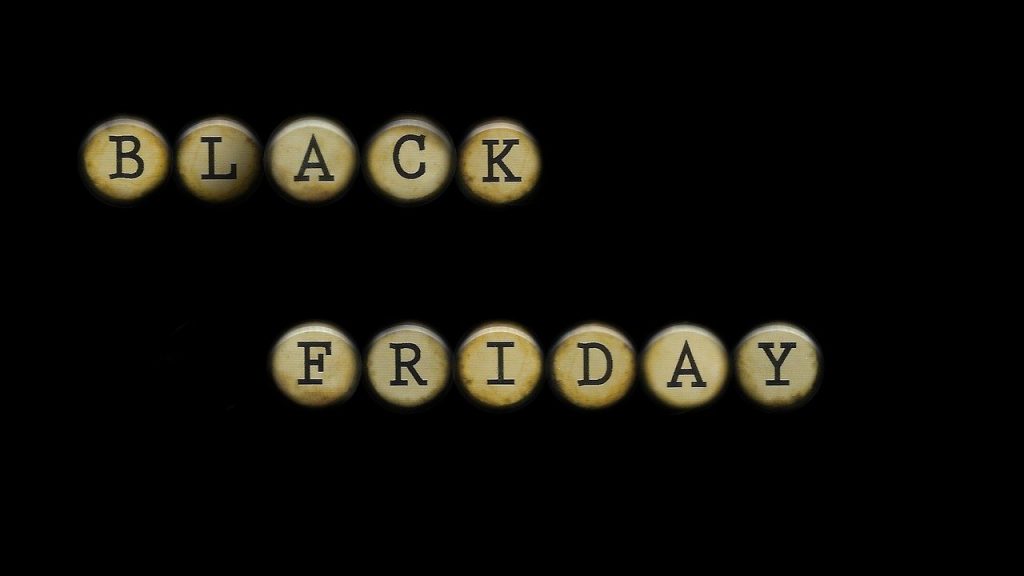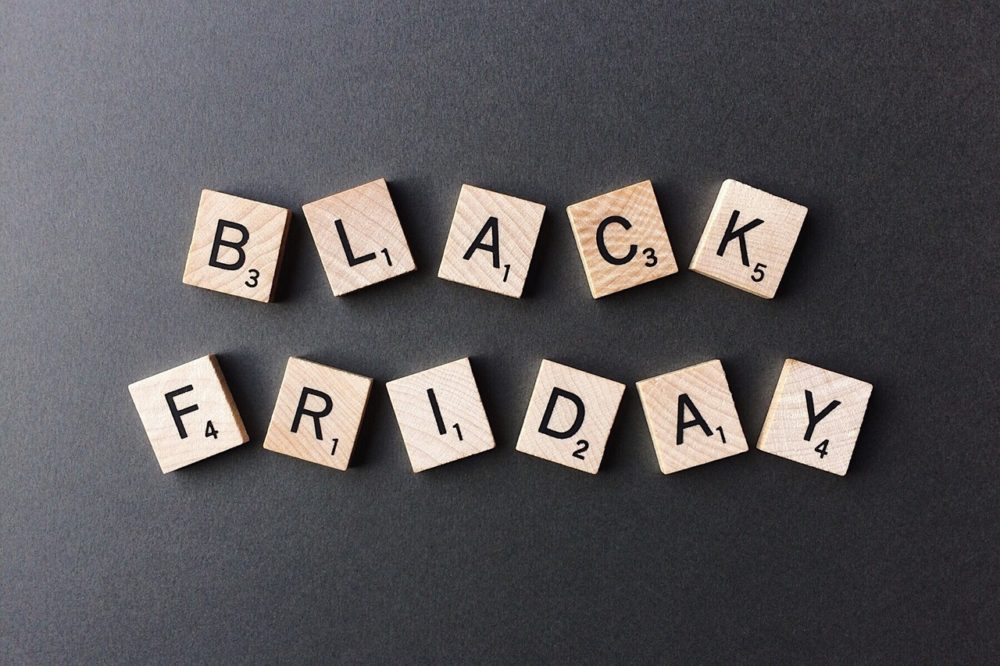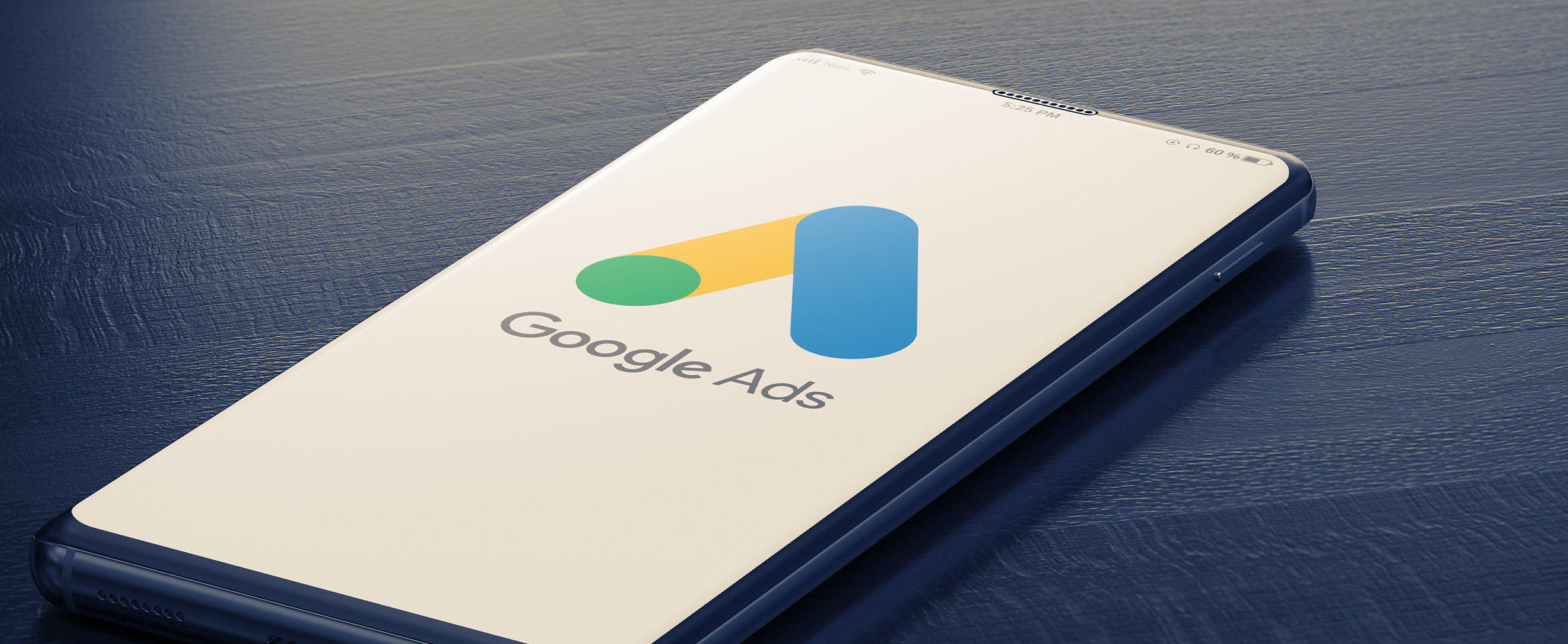29 November 2019 saw the start of that year's edition of Black Friday. This commercial operation, that came to us from the USA, has seen increasing success in France over the last six years.
According to a BVA survey, around 62% of French people take advantage of this key period to make a purchase. That's why these few days should not be overlooked by advertisers, particularly during lockdown!
With total online sales rising to 103.4 billion euros in France in 2019, digital levers have become indispensable.
In this article, we're going to help you understand how to successfully optimise your online campaigns during this key period in late November!
Understanding the challenges of online shopping on Black Friday
According to FEVAD, revenue from online shopping jumped by 116.% between 2018 and 2019, exceding the 100 billion euro mark.
1.7 billion transactions were recorded by e-commerce sites, with an annual rise of 15.7%.
In addition, mobile sales rose by 18% making it an indispensible medium for advertisers.
We should also emphasise that the sectors that benefit most from this period are fashion and electricals, followed by beauty, food and property.
Of the French people who made purchases over Black Friday, 68% turned to fashion and 66% to electricals.
What are the trends for 2020?
The importance of online searching in the buying process
The shopping experience, even if it ends in a store, often begins upstream! This is confirmed by a Google study with 47% of buyers intending to check the availability of products in store by searching online in normal times, so we can expect this figure to be much higher during lockdown!
In the same way, inventory management will be key this year with a big rise in "available near me" searches. Take a look at our Local Inventory Ads article to find out more!
The share of local purchases
Once again, according to Google, 51% of buyers are planning to shop more locally this year. Therefore, you need to plan to reach shoppers who are closest to you.
In addition, you need to remember to provide information on product availability, but also the opening times and the phone number of your store. To do that, you should update your store information on Google My Business, for example.
Don't forget, under lockdown, local shopping is alive and kicking! Click & collect is becoming an increasingly widespread practice. It involves online purchases which the customer then collects from a physical store - an alternatvie to 100% online shopping.
Optimise your campaigns for Black Friday
Get organised in advance
To avoid being caught out by a surge in traffic on your website during this period, it's wise to plan ahead as far as possible.
Start by asking yourself the right questions, such as:
- Which products will you put on promotion?
- How far can you lower your prices?
- Should you include new products?
Equally, it would be wise to check that your e-commerce site can cope with a big rise in traffic. Check that the servers can withstand a surge. Make sure you can offer a seamless user experience.
Make sure you've got the right product feeds
Do that by providing recent, high-quality data. During Black Friday, your product feeds need to be refreshed at least once a day. It is imperative to ensure that your ads accurately reflect the evolution of your stocks and special offers, for example.
In the same way, don't forget to adjust your prices regularly to stay ahead of your competition. This will help you avoid paying for ads that might underperform.
Check on the quality of your Google Shopping ads
We can never say it often enough, everything in your ads is important, from the title to the description, particularly during a key period like Black Friday.
That's why the titles of your Shopping ads are key, because they are taken into account for Google bidding.
A good title structure can be achieved by combining the feed attributes, then by modifying the text features to see what works best. For example, you can compare your methods with what your competitors do, to stand out from the crowd.
With regard to the ad description, the same thing applies. Although they only appear on the Shopping search page, descriptions enable better matches between the ads and shoppers' search terms.
With regard to your SEA campaigns, take a look at our dedicated article to find out about the different optimisations.
Look after your images
Your Shopping ads demand images and designs of impeccable quality. Remember that the visuals are often buyers' first contact with your product.
So, make sure you select visuals that best describe and represent your product, by carrying out tests upstream, for example.
If you're not yet convinced of the importance of images on Google Shopping, read our case study about Birchbox!
Black Friday is therefore a key period for advertisers, particularly during the current Covid pandemic and the explosion in online shopping in France.







